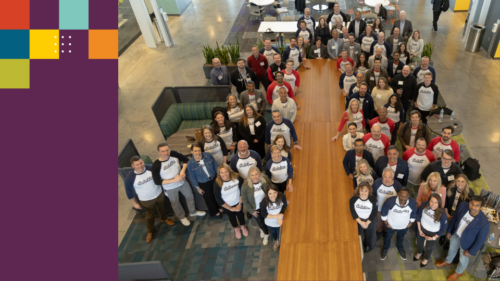April 1 is a significant renewal date in the Construction industry, often creating considerable stress and pressure for insurance professionals and business owners. In previous years, after April 1, I would typically shift my focus to “what’s next?” However, this year, I decided to leverage my experience to better understand market trends, reactions, and the outlook for upcoming construction renewals later in the year.
On April 1, my clients renewed $14.8 million in Property Casualty premiums with Holmes Murphy — all within the Construction sector. These clients included General Contractors, Heavy Highway Operations, and Commercial Electricians, representing regions from the West and East coasts to the Midwest and Southeast.
Below are five key insights I gathered and thought I’d share them with you.
Payroll Increases
On average, payrolls rose by 4.6%. While this increase might suggest a slowdown in the industry, several factors contribute to this modest rise compared to historical year-over-year growth.
A significant factor is the increasing complexity and size of projects, which often forces contractors to participate in Owner and Contractor-Controlled Insurance Programs (WRAPs). These programs effectively exclude the payrolls associated with these projects from the contractor’s annual practice program.
Workers’ Compensation Trends
The Workers’ Compensation environment continues to exhibit a “soft market” trend. On average, these contractors experienced a 3% decrease in their Workers’ Compensation rates. Although state rates are declining, contractors also face heightened pressure to maintain safe work environments, resulting in improved performance and a downward trend in Workers’ Compensation premiums.
Commercial Auto Challenges
Commercial Auto remains a significant concern, with varying impacts across the industry. On average, these contractors saw a 6% increase in rates for their auto fleets, totaling over 1,200 units. Although this increase is better than the industry average, it still represents an added expense that the Construction industry is working to manage.
Effective strategies for addressing these increases include alternative risk financing — such as using large deductibles, self-insured retentions, and captive insurance, which can offer greater stability. Additionally, strong risk management practices are essential. Underwriters increasingly rely on telematics, dashcams, driver training, and selective hiring, preferring to work with insureds who demonstrate a history of good performance and low losses.
General Liability Rate Ranges
General Liability rates ranged from -9% to +5% for these contractors, averaging just below flat renewals for this line of insurance. While Quality Assurance and Quality Control continue to be influential, the key takeaway is that program structure is crucial. Most of these contractors are adopting alternative risk financing strategies to invest in themselves and create stability in their programs.
Excess Pricing Success
Most surprisingly, these April 1 renewals resulted in an average 3% increase in Excess Pricing. Holmes Murphy has tirelessly worked to address the capacity and pricing issues in this market. While we don’t have a one-size-fits-all solution, our innovation, targeted wholesale partnerships, and client advocacy have all played a role in achieving favorable Excess Pricing.
If you’d like to learn more about these findings, have questions, or would like to share what you’re seeing, I’d love to chat with you. We can also take a look at your program to find the right solution. All you have to do is reach out!







